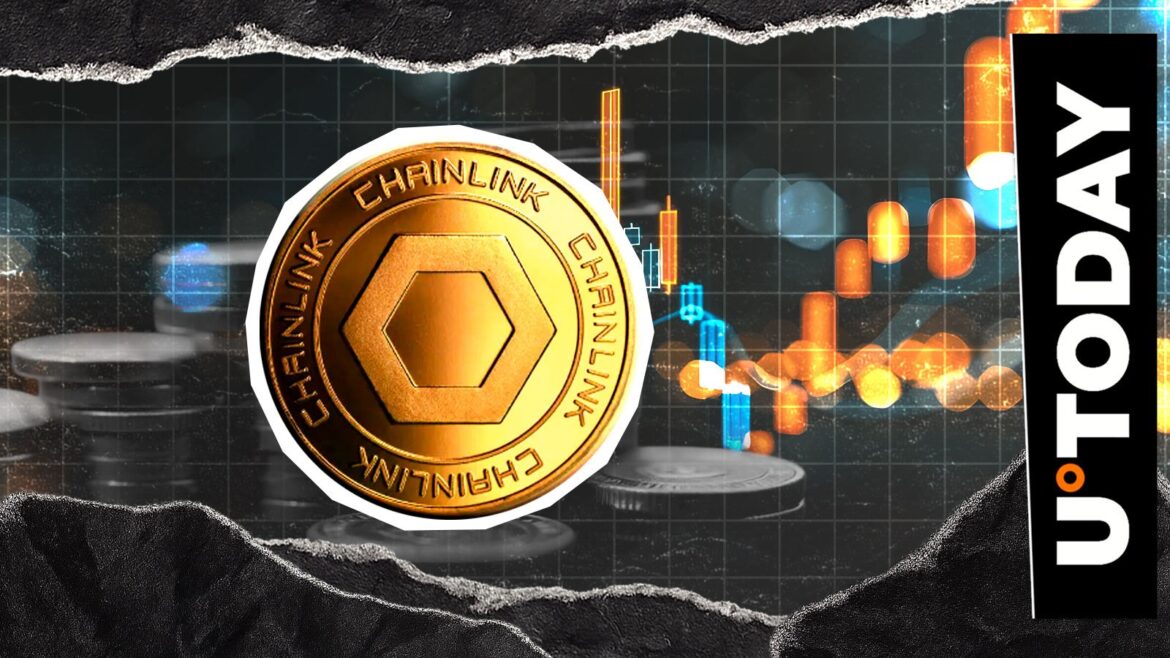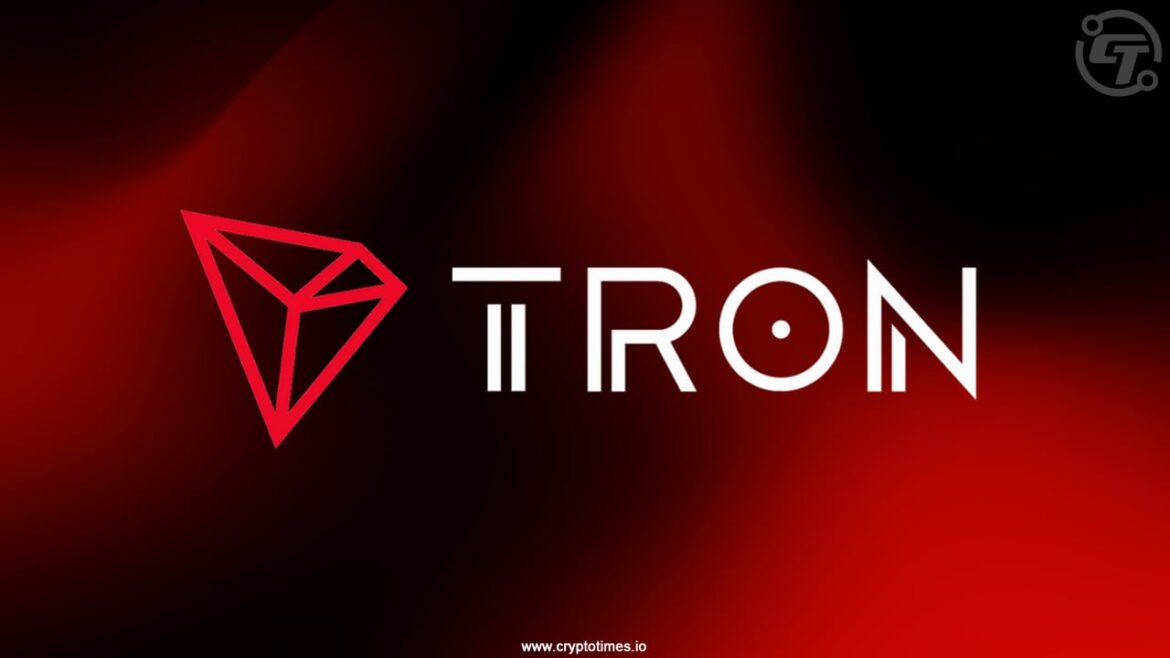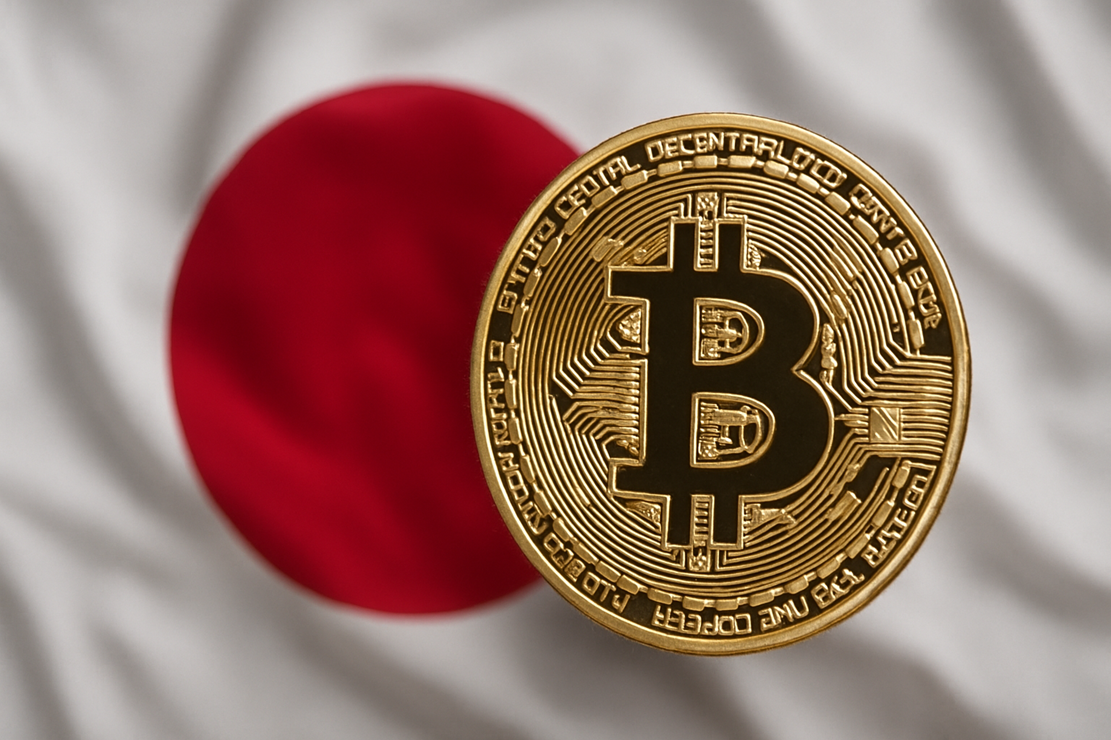Eddy Cue deserves a raise.
As the executive overseeing Apple’s services division, he’s highly incentivized to protect the tens of billions of dollars a year that Google pays to be the default search engine in Safari. “I’ve lost a lot of sleep thinking about it,” he said from the witness stand during Google’s antitrust trial earlier this year.
Luckily for Cue, his court testimony appears to have had a significant impact on Judge Amit Mehta, who ruled this week that Google’s default payments to Apple and others can continue. You can see Cue’s arguments at trial mirrored in Mehta’s ruling: the Apple SVP said it would be “crazy” to punish the iPhone maker by restricting Google’s ability to pay for default status, and that the rise of AI companies was remaking the search market anyway. In an attempt to downplay the significance of Apple and Google’s deal, Cue went so far as to say that Google searches in Safari were declining for the first time, which temporarily caused Google’s stock price to drop.
Those are the exact arguments Mehta ultimately made in his ruling. He acknowledged that default payments continue to “shape the market for general search services in Google’s favor,” but that banning them would have “crippling” downstream effects on the recipients of those payments. One specific effect he cited was “fewer products and less product innovation from Apple,” one of the world’s richest companies. (Google’s payments to Apple are estimated to make up about 15% of its annual profit.)
Mehta cited the rise of generative AI companies like OpenAI and Perplexity as evidence that there is finally competition in the search market. “The money flowing into this space, and how quickly it has arrived, is astonishing,” he wrote. “These new realities give the court hope that Google will not simply outbid competitors for distribution if superior products emerge.”
As Mehta well knows, the reality of Google and Apple’s financial relationship is much more complicated than that. Google has historically paid Apple a percentage of the ad revenue it earns via Safari. This aligns incentives between two of the most powerful companies on earth, both of which have shared in the upside of this arrangement for the better part of two decades.
It’s likely not a coincidence that, right after Mehta’s ruling was released, news broke that Apple is now collaborating with Google to potentially have Gemini power the AI search engine it’s developing for Siri. Apple executives have been discussing the integration of Gemini into iOS for over a year, but have held back due to obvious optics reasons. The US government has just given them permission to proceed.
“This outcome is a home run for the status quo, and the status quo has been very favorable to both Google and Apple,” the tech and media stock research firm MoffettNathanson wrote in a note to its clients this week. “We’re not suggesting that the future of search or devices is now free from competitive threat, but this decision allows the transition ahead to unfold on their terms rather than through a disruptive and damaging judgment.”
Apple and Google’s search deal should have been undone, and perhaps it still will be if Apple eventually gets its turn under the antitrust spotlight. I’ve spoken with many would-be Google Search rivals over the years who have pointed to the deal as a key factor in stifling competition. You could argue that no deal has had a greater impact on Silicon Valley over the long arc of time, in fact. The most sinister aspect is that it has enabled the two companies that already control how most people access the internet to become richer and more powerful together.
The relationship being allowed to continue now sets the stage for Apple and Google to extend their shared dominance into the age of AI. Apple is behind on AI, but remains a powerful source of distribution for Gemini via iPhones, iPads, and Macs. With search payments from Google continuing to roll in, why would Apple need to acquire a startup like Mistral or Perplexity to play catch-up? It’s already getting paid to work with one of the world’s leading AI companies and now has carte blanche to forge deeper ties.
This week’s ruling also puts OpenAI’s distribution deal with Apple for ChatGPT in a tough spot. I’m sure Apple likes having optionality, but it’s not going to jeopardize the Google relationship with the money from search continuing. OpenAI doesn’t yet have an ads business to give Apple a competitive cut from, either. Despite what Mehta thinks, it’s hard to imagine any other company being able to exceed Google’s default payments with a superior product (sorry, Microsoft). This all leaves Google and Apple where they’ve been all along: two de facto monopolies feeding each other at the expense of everyone else.
- A seating chart for the ages: If you have intel on who decided where all the tech leaders sat for last night’s big AI dinner at the White House, please reach out. Placing Alexandr Wang directly across the table from Sam Altman was certainly a choice, as was Mark Zuckerberg’s placement between Donald Trump and David Sacks. I’ll leave the jokes about Chamath Palihapitiya’s presence to everyone who is already making them on social media.
- Lambos coming to the OpenAI HQ garage: It can be challenging to grasp the magnitude of a $10.3 billion tender offer, which OpenAI made available this week to eligible employees. So here’s a narrower number: $30 million. That’s how much my sources say that OpenAI employees (who have been at the company for at least two years) can elect to sell by the end of this month. It’s three times more than the previous maximum cap. Let the good times roll!
- Fidji Simo gets the band back together: Speaking of OpenAI, it’s remarkable how much its C-suite is starting to resemble that of mid-2010s Facebook. Vijaye Raji, an early Facebook engineering leader, is rejoining his former colleague, Fidji Simo, as CTO of OpenAI applications, which means he’s going to oversee the rollout of the company’s imminent browser release. His company, Statsig, is being acquired as part of the deal but will seemingly stay independent. Srinivas Narayanan, who previously ran engineering at OpenAI and is also an early Facebook leader, is now CTO of “B2B applications.” Yes, OpenAI has two CEOs and two CTOs.
If you haven’t already, don’t forget to subscribe to The Verge, which includes unlimited access to Command Line and all of our reporting.
As always, I welcome your feedback. You can respond here or ping me securely on Signal. I’d love to hear from you.
0 CommentsFollow topics and authors from this story to see more like this in your personalized homepage feed and to receive email updates.
- AIClose
AI
Posts from this topic will be added to your daily email digest and your homepage feed.
PlusFollow
See All AI
- AppleClose
Apple
Posts from this topic will be added to your daily email digest and your homepage feed.
PlusFollow
See All Apple
- Command LineClose
Command Line
Posts from this topic will be added to your daily email digest and your homepage feed.
PlusFollow
See All Command Line
- GoogleClose
Google
Posts from this topic will be added to your daily email digest and your homepage feed.
PlusFollow
See All Google
- TechClose
Tech
Posts from this topic will be added to your daily email digest and your homepage feed.
PlusFollow
See All Tech









